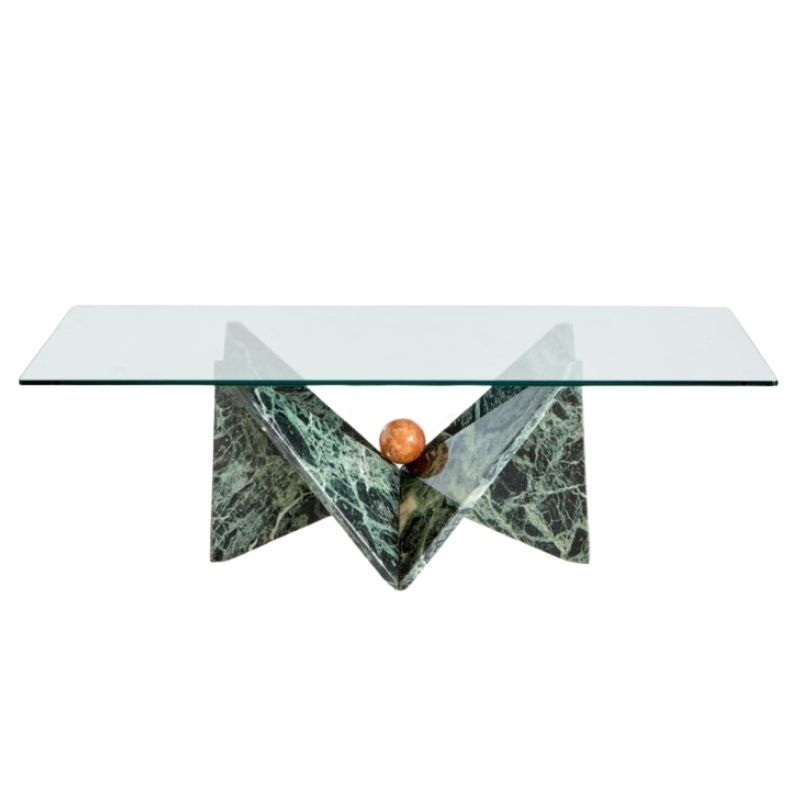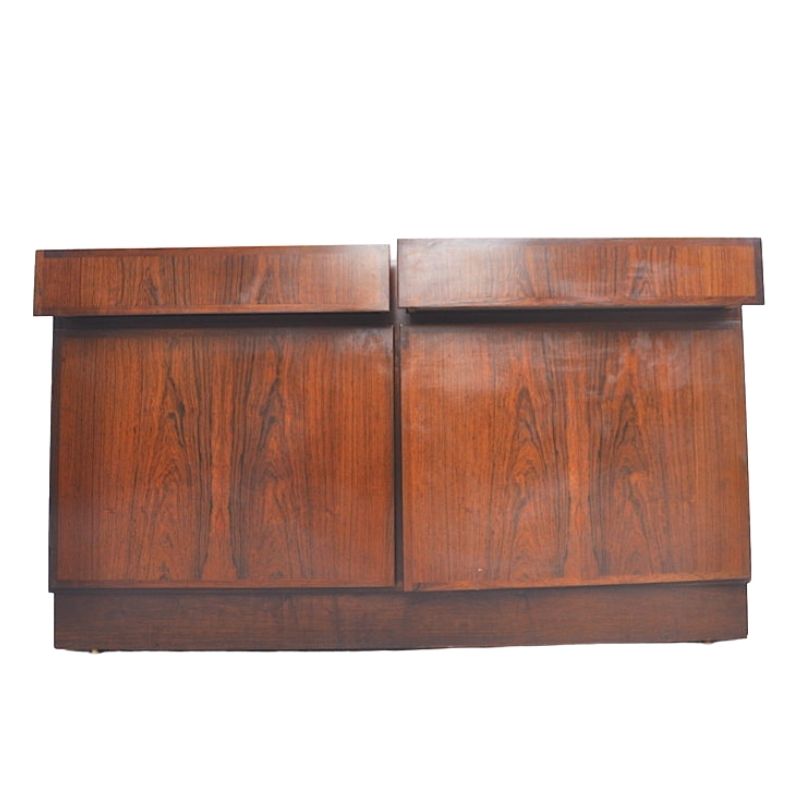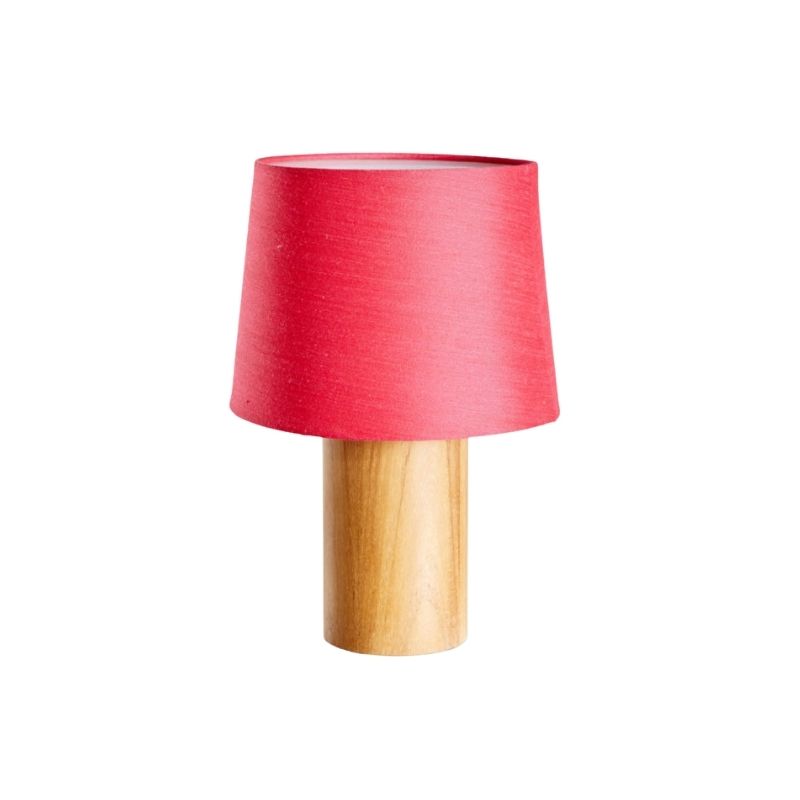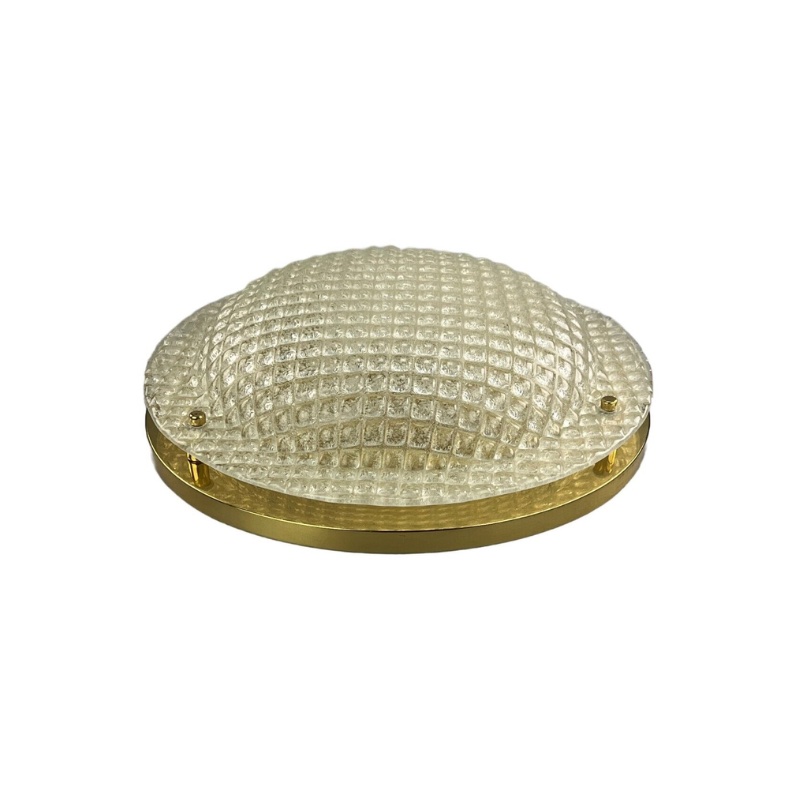I wonder if a lot of the cane issues I had with this chair and with the cow horn chairs I did a few years ago have to do with the quality of the cane. Once in awhile I'd get a strand--or a section of a strand---that was of a good thickness with no thin fibers separating off the edges. But these were an exception. This batch didn't have any serious lengthwise splits in the cane as it came out of the hank, but overall the thickness varied and the width did too, once those side hairs were trimmed off.
The stuff that was on the chair originally looked much more uniform and neat. Of course, a lot of the tiny stray fibers will break off as the chair is used, but even considering that the old cane looked better in my opinion.
The edge shredding, for lack of a better term, also meant that a lot of the strands were a bit less than the 5mm that they're supposed to be, which i think was why i had a bit of room left in the slots when I was done. It wasn't enough to fit another pair on each end. I looked at tons of photos of original weaves and it seemed like the number of pairs of warp strands varied anywhere from 19 to 22, i guess depending on the width of the cane. I dunno. This took way longer than I anticipated (though i'm sure I could do another one right now in far less time).
The back was a pain in the neck, even with cane that was thoroughly steamed.
I put more nails in the cover strips than on the originals, i'm sure, but that was mostly due to the frame being pretty chewed up from having a ton of staples in it. Poor chair!


All such work is, as I see it, a labor of love -- so, thank you Spanky for your labor, and for showing it to us here.
I have never handled cane or the other materials used for similar results. But your description brings to mind like issues with wood. The ideal plank of wood, of any specie, is one ripped (cut parallel to the direction of the grain) with its long edges strictly parallel to that grain. This minimizes the presence of what might be called "orphan" runs of the hard spring growth of the wood, and incidentally produces the strongest board.
Is cane cut from wider strips of the natural material ? Does the grain of the material wander, rather than occurring in nice straight lines ? If it does wander, the slicing procedure may not allow for the nicety of having the grain remain parallel to the cut edges. Is this what you have observed ?
It's actually peeled! It used to be done by hand but now they use machines. The stuff is kind of like bamboo---a grass, in other words--and rattan cane is the outer layer. It has a naturally glossy, thin "bark" that gets a little chipped off here and there during processing but that's just considered part of the look. Somewhere I saw a video of a guy cutting canes and making a little nick at the top end of the cane to get a strand started, then he just peeled it off the whole length of the cane. But now there are these machines---not sure how they work but I wonder if they are a little hard on the material?? It looks like it could be.
I just read somewhere else that the cane was overfarmed and now they use younger growth, or something like that...which kind of confirms what I thought. Old growth is always tougher when it comes to plants, as you well know.
So, the difference between peeled cane and machine-cut would be that the grain of the peeled material would be absolutely parallel to the edges, with (presumably) none of those stray fibers at the edges . . .
The corollary in wood would be cut shingles versus split ones. The surface of the split shingles -- sometimes called shakes -- would be more wavy, following the grain of the wood. The reeds would probably have straighter grain than most wood, but the machine likely doesn't follow the grain when it cuts, the way hand-splitting would.
I think it makes a lot of sense when explaining the hairy edges. There are also splits that are still anchored at either end, this this one, and often they are a couple inches in length. They can get worked loose at one end in the process of weaving, then they have to be snipped off---and you end up with a strand that is less than the necessary width for the seat as a whole to fit perfectly in the frame. One strand won't make a significant difference, but it's never just one strand and they can add up to a strand or two in width!
It's just frustrating. Cane can't be squished a bit tighter the way paper cord can (i mean, over many inches you can usually cram another strand or two of paper cord in if you need to, to complete a pattern). I love how the variations in color look, and the occasional spots from nodes and natural blemishes, but the non-uniformity of the width on designs that require absolute precision---ugh. Not fun.
Oops, rattan isn't a grass as I stated above--it's a vine.
http://www.wickerwoman.com/articles/cane-and-reed
That gives a little info on how it's harvested and processed and also that they get "round reed" from it, too. Cane comes in widths from 1/8" up to nearly 1/2" but it seems like the cutting machines would have to be set to do one width per pass, otherwise the bunch would have to be sorted by size after. Or maybe that's not what you were talking about? ''
I will say that apart from the splitting issue, can is pretty easy to weave. Binder cane is stiff enough to just push through the warp and the glossy side is nice and slippery as is. I did have to rub some beeswax on the final few strands to get them through but I also should have done the warp with a little more slack. Next time!
If you need any help, please contact us at – info@designaddict.com









